
Limestone is beloved for its pale and contrasting color, abundance, and versatility. These properties make it a great stone to use for landscaping that could be exposed to harsh weather (which is an ever-present risk for any yard in Northern Colorado). Here’s what to know about the stone to decide if you want to use it for your next project.
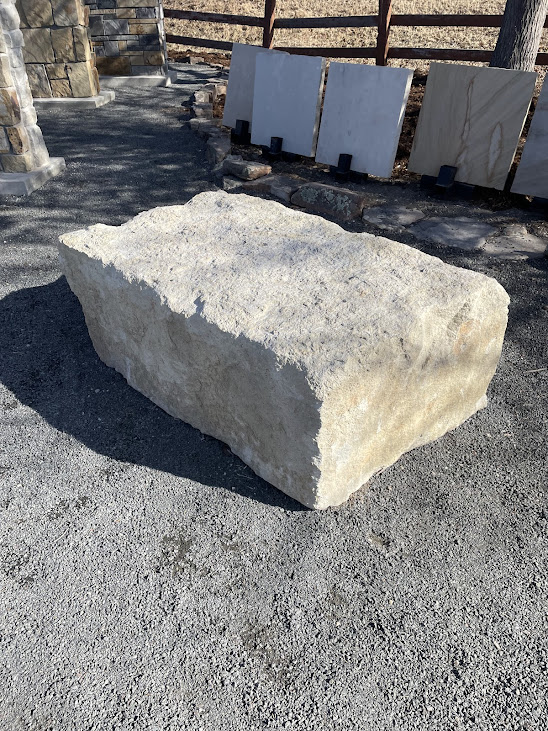
Limestone is a sedimentary rock composed mainly of calcium carbonate (CaCO3). Magnesium carbonate (dolomite), clay, iron carbonate, feldspar, pyrite, and quartz can also be found within the rock. Limestone is known for its signature light color, which is typically white, beige, or cream. However, limestone can also carry contrasting greys and whites, and can even be found in other colors, including red, blue, and even black; this often depends on the presence of iron or minerals in the limestone.
Most limestone has a very granular texture. Amazingly, these microscopic grains are fragments of fossils, including prehistoric animal shells. These fragments hint at how limestone is formed.
Limestone is primarily formed in two different environments: the ocean floor and caves. Oceans have trillions of fish, and when those fish die, they sink to the bottom. Their skeletons, which are mostly calcium, layer on top of each other to form a cement-like sediment that eventually becomes limestone. This is what gives most limestone its signature white, bony color. In caves, limestone forms over time when water containing calcium drips on the cave floor and evaporates, leaving behind the solid calcium deposit.
As this process has been taking place for hundreds of millions of years, limestone has become quite common around the world. Marine limestone is found in the Indian Ocean, Caribbean Sea, Persian Gulf, Gulf of Mexico, and Pacific Ocean, while evaporative limestone is found throughout northwestern European countries, Africa, and the United States. In the U.S., limestone caves are often found in central and eastern states. Colorado does have limestone quarries as well, meaning locally sourced limestone can be used for your project.
There are several reasons why people choose to use limestone for various building and aesthetic projects.
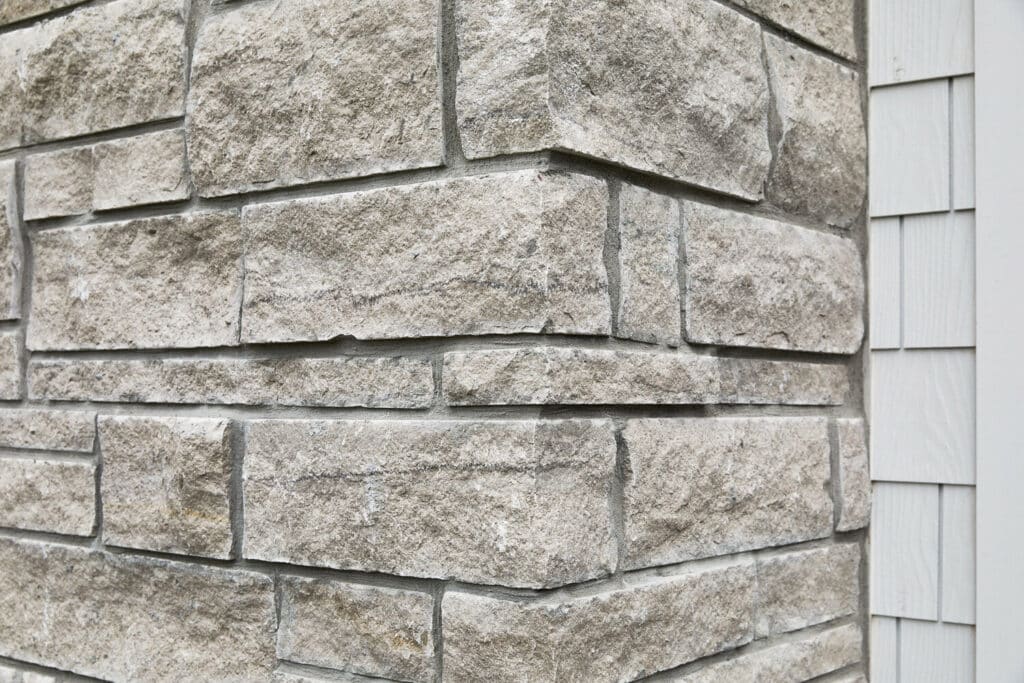
Limestone can be used in a wide variety of different applications. It’s been a favorite construction material for millennia and was used to build some of the most famous landmarks and buildings in the world, from The Great Sphinx of Giza to the Parthenon and the Empire State Building. But you don't have to build a monumental work of art to appreciate limestone's durability and rugged, natural aesthetic. Here are some common and eye-catching ways to use limestone throughout your landscaping.
Limestone can be a great choice for pavers or walkways. They won’t break down from foot traffic, and if they get a little dirty, you can simply rinse them off.
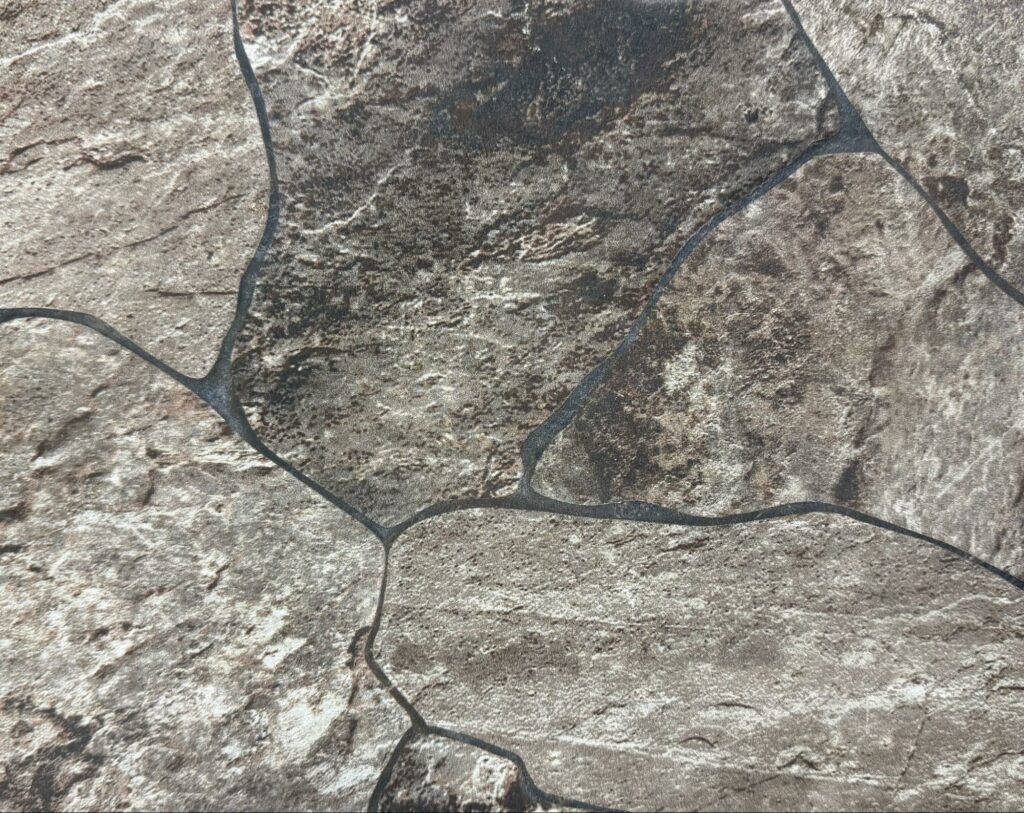
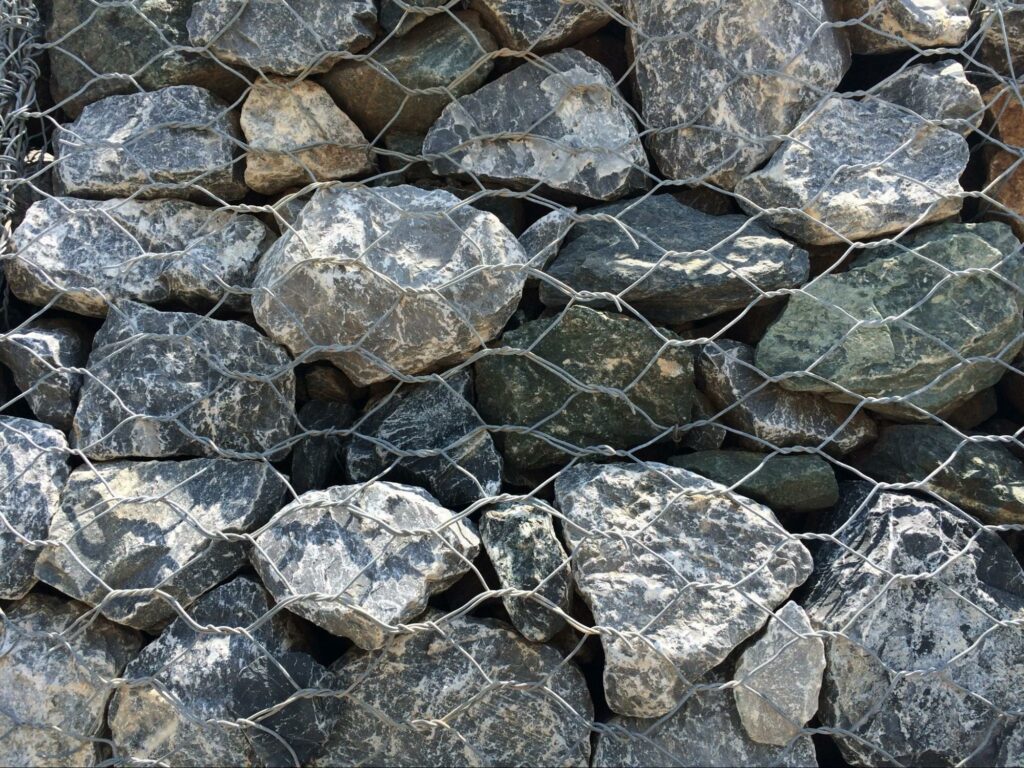
Limestone’s durability also makes it a sturdy option for outdoor walls if you’re looking to add privacy to a specific area or help with soil erosion or water drainage.
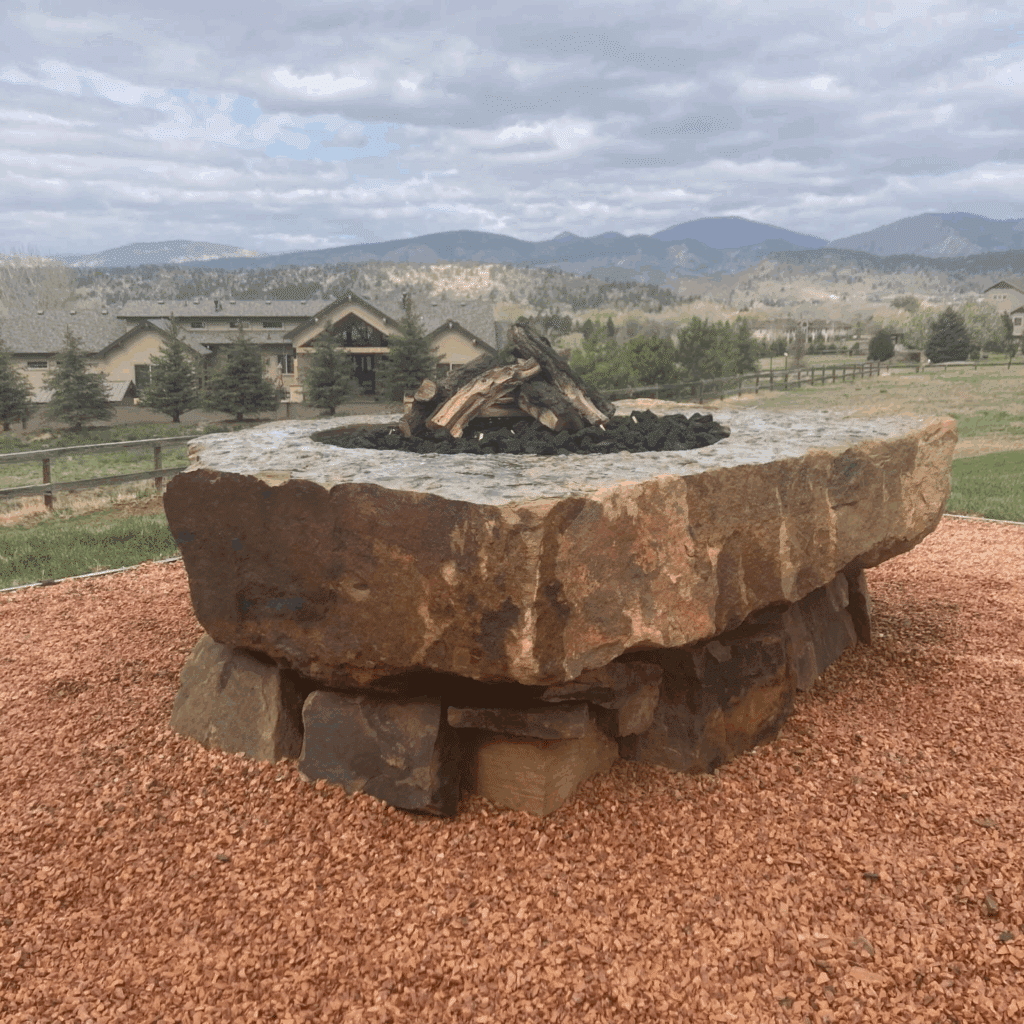
Limestone is heat-resistant, which means it can withstand the hot temperatures of a roaring fire without breaking down.

The light color of limestone can accentuate the fine details of a water feature, such as a waterfall, fountain, or pond.
Limestone is an exceptional choice for nearly any landscaping project. If you want to install high-grade limestone, The Rock Garden can source the finest local limestone in the color and cut that best suits your project. Contact us today or visit the garden to see how we can help bring your limestone project to life.